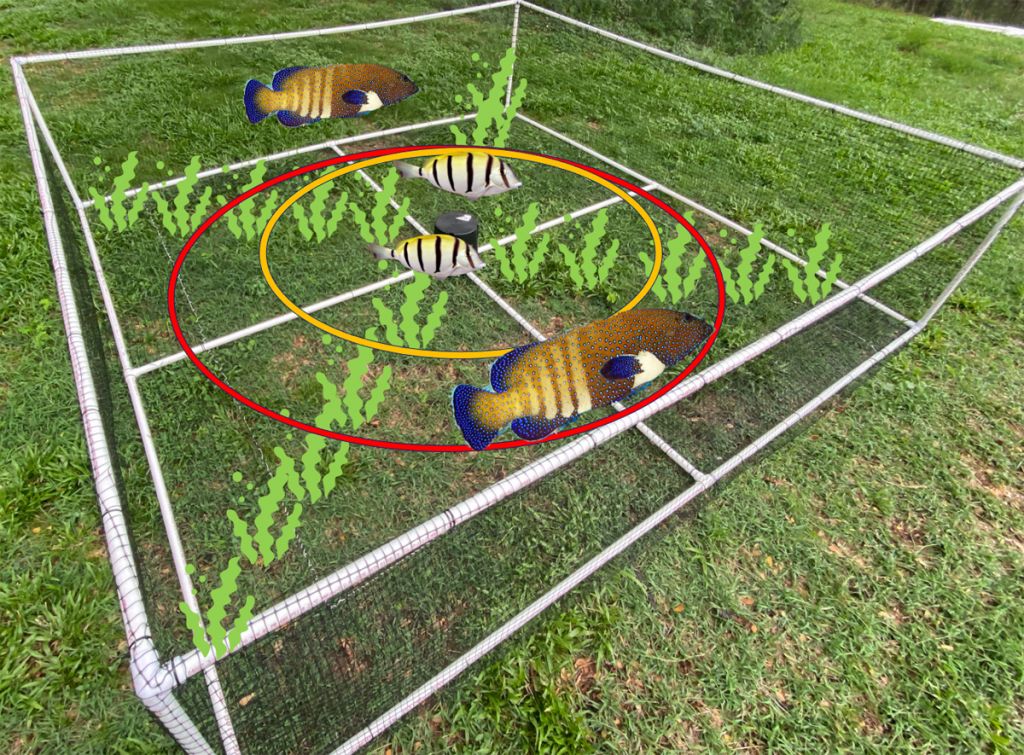Working towards sustainability of Hawaiʻi’s nearshore fisheries through characterizing and modeling fisheries regulation effects
PRINCIPAL INVESTIGATOR: Elizabeth Madin
Co-INVESTIGATORS: Kirsten Oleson, Lisa McManus, Zack Rago
Sea Grant Graduate Fellow: Annie Innes-Gold
Research Track: Interdisciplinary

Nearshore fisheries provide extremely important services for coastal communities. However, nearly 25 percent of these fisheries, globally, have collapsed from widespread habitat loss and overfishing. The recreational and subsistence fisheries operating on Hawaiian coral reefs are notoriously difficult to study and manage due to their data-poor and complex nature. One possible window into reef ecosystem health is the naturally occurring phenomenon called grazing halos–sandy, circular bands surrounding coral reefs.
In this study, we will build on our 2020-2022 Sea Grant-funded work to quantify how the processes behind grazing halo formation vary within and outside of no-take marine management areas, over a seasonal cycle, and with varying water temperatures. This will help determine whether halos are an effective tool for identifying potential management areas, as well as for evaluating existing ones. We will synthesize this collected data with pre-existing datasets to create a bioeconomic model aimed at projecting potential changes in fish stock and resulting fisheries effects, considering different management and climate change scenarios. This model will provide quantitative guidance about which specific management strategies may best balance fish stock recovery with benefits to fishers.

